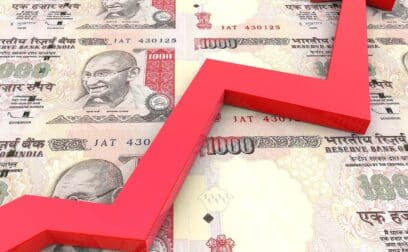Definition
Cost per unit is a financial metric used to measure the average cost incurred by a company to produce a single unit of a product or service.
What is cost per unit?
Cost per unit is a fundamental concept in accounting and is key for assessing the profitability and efficiency of production processes.
The formula to calculate cost per unit is:
CPU = Total cost / Total units produced
Cost per unit can vary depending on factors such as economies of scale, production volume, efficiency of operations, and fluctuations in input costs. Generally, as production volume increases, the cost per unit tends to decrease due to the spreading of fixed costs over a larger number of units.
Furthermore, cost per unit serves as a basis for setting product prices. Understanding the cost structure allows businesses to establish pricing strategies that ensure profitability while remaining competitive in the market.
By comparing the cost per unit with the selling price per unit, businesses can determine the profitability of their products or services. This analysis enables them to identify high-margin products or areas where costs need to be reduced to improve profitability.
Cost per unit vs. price pr. unit
Cost per unit refers to the expenses incurred to produce or buy a single unit of a product, including factors like materials, labor, and overhead. It is key in determining profitability and setting competitive prices. On the other hand, price per unit indicates the amount customers pay to purchase each unit, influencing revenue and market positioning.
While cost per unit influences profitability directly, price per unit reflects market dynamics, consumer demand, and competitive pricing strategies. Both metrics are essential for businesses to manage costs effectively and optimise pricing strategies to achieve financial goals.
Strategies to reduce cost per unit
Optimising cost efficiency per unit requires a proactive approach involving strategies to trim expenses without compromising product quality. Businesses can adopt several cost-reducing tactics:
Improve logistic efficiency
Efficient logistics operations, inventory management, and quicker time-to-market can cut down unit costs. Streamlining logistics reduces transit times and costs. Optimising inventory levels helps in managing costs and liquidating excess inventory.
Negotiating lower material costs
Exploring alternative materials, minimising waste, and securing better supplier deals can effectively lower material expenses and overall unit costs.
Trimming overhead expenditures
Implementing efficient business practices and proactive cost-saving measures can significantly reduce overhead costs like rent, utilities, and salaries.
Mitigating returns, reshipments, and dead stock
Minimising returns, reshipments, and managing dead stock efficiently helps in reducing costs associated with handling returns, resending products, and storing unsold inventory.
Example of cost per unit
Let’s consider a manufacturing company that produces widgets. In a given month, the company incurs total production costs of £10,000, including raw materials, labour, and overhead expenses. During the same month, the company produces 1,000 widgets.
Using the formula for cost per unit:
CPU = £10,000 / 1,000 = £10
In this example, the cost per unit for the widgets produced by the company is £10. This means that on average, the company incurs £10 in production costs to manufacture each widget.
































 yet? Register here!
yet? Register here!